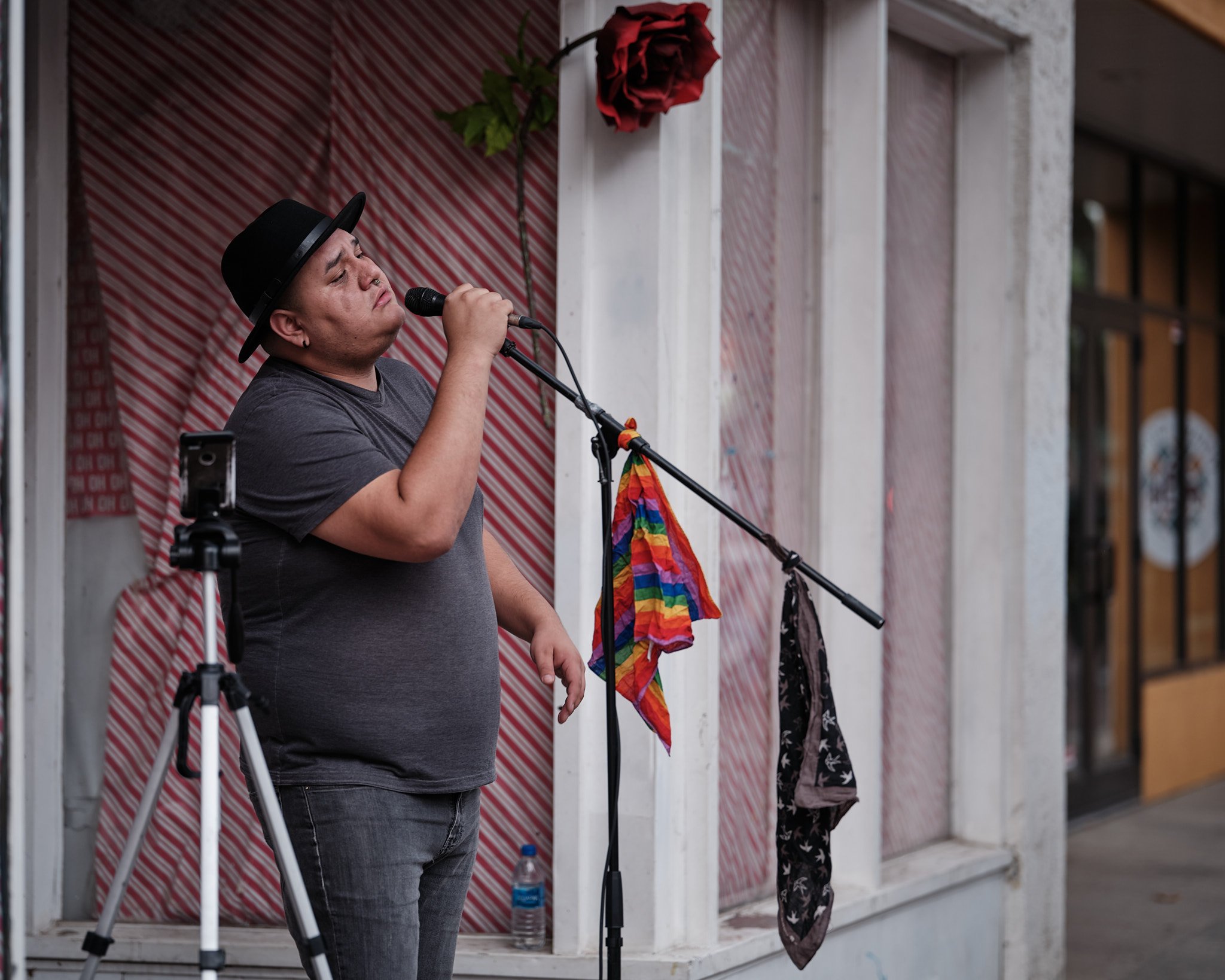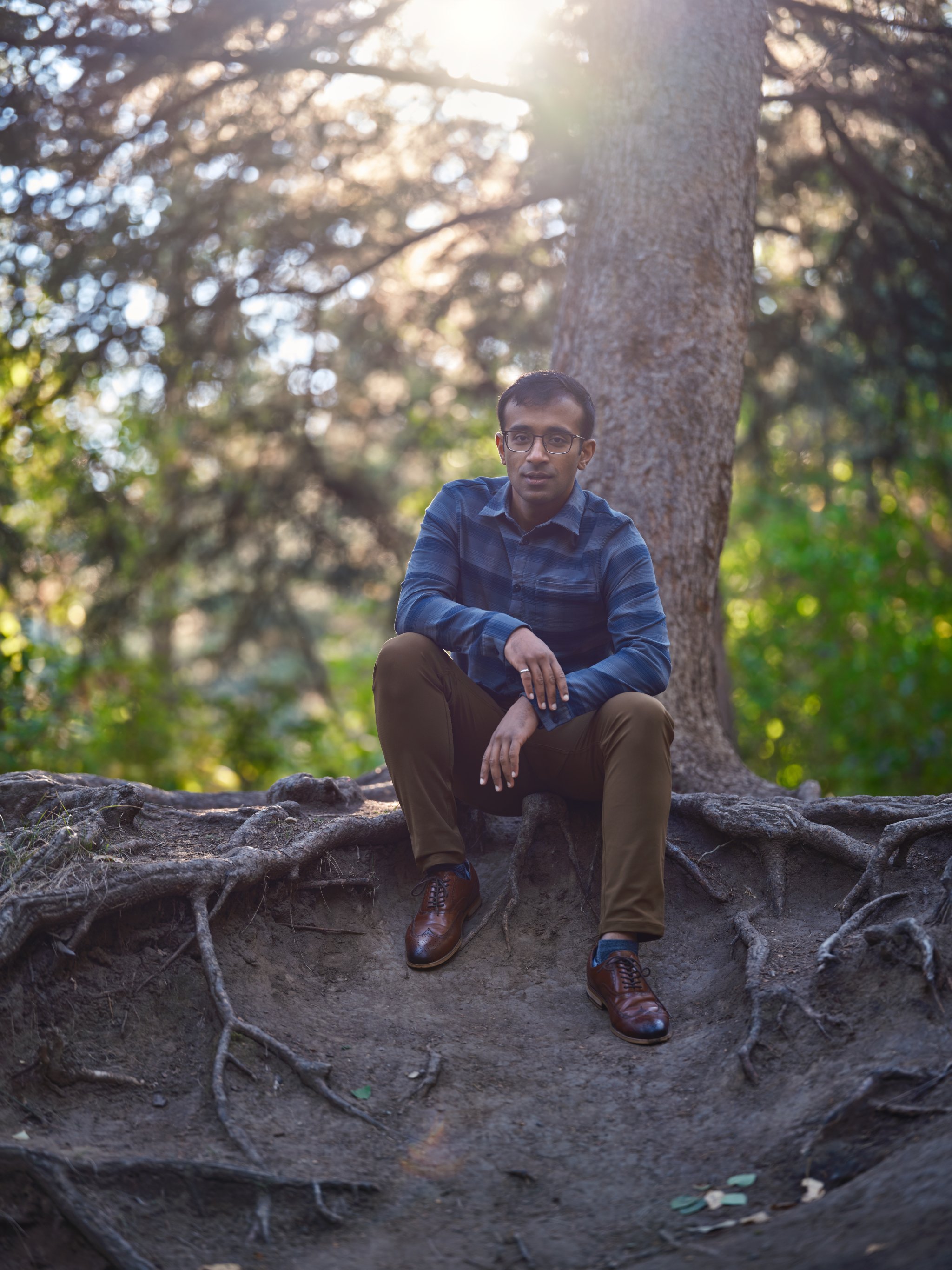Fujifilm GFX-100s Review: Part I
I have been using a medium format — specifically GFX shooter for more than two years now. If you read my GFX-50s Review, you will know the areas I would expect to change in the next camera. When the GFX-100 was released, I was excited and exasperated at the same time—excited because the GFX-100 addressed some of those expectations and exasperated because the GFX-100 is way out of my reach.
It all changed (sort of) with the GFX-100s was released on February 25, 2021. It is addressed most of my expectations from GFX (and introduced some) and put all those goodies well within reach at $7.8k Canadian.
Since I started working on a photography platform, despite the GFX 100s being within my reach, I have to postpone purchasing one for some time, perhaps until the photography platform is hosted for public consumption, and I figure out ways to continue funding the platform.
However, the opportunity presented itself when Fujfilm’s site listed GFX-100s available for the demo. I immediately contacted them, and in a few days, I got their response stating that I would be provided with the camera and a few lenses (I was interested in the 110mm F2 and 80mm F1.7) when they became available.
Then, I got a call in August stating that the camera was ready to be picked up from McBain Camera. In two weeks from that call, I collected the case with the camera and a few lenses in it. I own all the lenses they provided with the camera except for the 110mm F2, so I was excited despite the unavailability of 80mm F1.7.
Disclaimer: I was sold on this camera even before I held it in my hands, so my review is largely biased towards it.
First impression
When I opened the case and picked up the camera, I was impressed by the camera’s size and build quality. It looked small compared to my Fujifilm GFX-50s — probably because it is small. However, the looks can be deceiving as you pick up the camera and feel the weight. Despite feeling lighter than my GFX-50s, it is substantial in your hands. But, you could still hold it in one hand and walk around comfortably. You can feel the camera condensed for the amount of electronic stuff inside.
Fujifilm GFX-50s (left) and Fujifilm GFX-100s (right)
You also notice that those wonderful nobs to set the ISO and shutter speed are gone. It is not a big deal (despite the nobs are the ones attracted me to jump into Fujifilm — first XT-2, then XT-3, and then the GFX-50s) for general photography — except when it is really cold, and it becomes hard to use your dead thumb to rotate those wheels (not tested in the Albertan winter yet).
However, the large LCD at the top salvages some of those nostalgic feelings by providing a digital version of the Sutter speed and ISO that the Fujifilm users are accustomed to (it is not the same as having a physical dial, but you can live with it due to the overall camera improvements).
Hunchback
The next thing you will notice is the lack of hunchback — enabling you to camouflage the GFX-100s as any other regular camera (helps in some places where people notice your camera for the big hunch — something that is good or bad depending on the situation). It is amazing how technological change can enable packing more for less. The engineers could accomplish this feat despite packing an impeccable IBIS and enough horsepower to give 4K 30p video capabilities absent in the GFX-50s. The camera looks shorter and horizontally wider compared to the 50s.
The missing hunchback from GFX 100s (left)
Viewfinder
One massive change never bothered me is the lack of a removable viewfinder. I never bought the tilt adapter for my GFX-50s, and the viewfinder hardly left its location — except for some tethered studio photography. However, I plan to get one for my GFX-50s so that I can sell for a good price after a few more years of marketing those unique advantages to the current Mark II version of the GFX-50s — sorry to digress.
I have not used a high-resolution viewfinder, so I cannot comment on that. I am really happy with the current one.
Rear screen LCD
I am happy they retained the current two-axis tilt instead of the fully articulated LCD screens aimed at the hybrid photographers. I have nothing against it, but I find this better for the kind of photography I do — despite using a fully articulated LCD on a loaned full-frame camera for more than a week. I find it cumbersome to use the L-bracket for long exposures and other kinds of tripod-mounted photography. However, it is my personal preference, and I do find many other photographers prefer fully articulated LCDs (event photographers love it because they can hold the camera on top of their head and take photographs)
Eight direction control nub
One new thing I loved about the camera was the eight-direction control nub at the camera’s back. I find it more intuitive to use than the one I have on my GFX-50s. You get that at the expense of the joystick — which is okay — it lets you use a single nub to navigate menus and focus points.
The backside of the Fujifilm GFX-100s (left) vs the Fujifilm GFX-50s (right)
Battery
The massive battery is replaced with a smaller and more efficient Fujifilm XT-4 battery. Despite the smaller NP-W235 battery, the camera produces impressive shots in mixed-use (save for the video recording). I had to recharge once in the whole week I had the camera with me. Being an LCD user, I got close to 520 shots in a single charge.
Autofocus
The one thing that would compel me to get this camera is the autofocus performance. Although I like the focusing performance of my GFX-50s (mainly due to getting used to it for more than two years), I know I would enjoy faster autofocus and a bit more responsiveness from the camera. Currently, I go to my XT-3 for any fast action or when I need quick autofocus. The difference in the overall responsiveness of the autofocus is something I noticed the moment I switched on the camera.
Generally, Fujifilm needs to improve its autofocus algorithms to lock on the right subjects. However, the camera is quick to acquire subjects — giving you the confidence to take bolder steps — such as photographing your kid jumping from the slide. The autofocus performance reminded me of switching from Canon EOS 5D Mark III to the Canon EOS 5D Mark IV. However, certain lenses do not help appreciate its speed. While it won’t challenge its full-frame pals such as Sony A1, Canon EOS R3, or the Nikon Z9 anytime soon, it is generally accurate — something the current medium format (or large format — as Fujifilm likes to call) shooters appreciate.
The Fujifilm GFX-100s resting before the photoshoot
Handling experience - Street Photography
I have taken my current GFX-50s with two to three lenses for a few day hikes, and I know I would enjoy this even better due to its marginally reduced weight and bulkiness. The camera feels responsive overall, and you would feel the substantial weight on your hands. Despite that, I was comfortable walking around for more than three hours on the streets with the camera. The grip is solid, and combined with the weight of the camera and the lens; you always know you are holding something heavy, and you have to hold on to it.
After an hour of walk, your hand feels tired, and you keep swapping between hands. The 110 F2 lens I used for this walk was very quick to acquire focus, making you confident in your shots. I felt bolder and more confident as I continued using the camera due to its quicker autofocus.
Despite using an extremely high megapixel camera coming from the larger sensor, the image stabilization comes to your aid in nailing many shots. I purposely tried taking pictures of the musicians performing at the side of the road, from the switched off and resting position to the ready for shooting position to test the camera’s responsiveness. The camera responded brilliantly by nailing all shots (although the shots themselves were nothing groundbreaking) — boosting your confidence.
I tested the autofocus and the camera’s overall performance in another instance by photographing my younger son in the playground. He was faster than what the camera’s autofocus could handle, resulting in few out-of-focus shots. However, the camera nailed 50% more shots than my GFX-50s would in the same situation (I have tested my GFX-50s under the same circumstances before).
If there is one thing I wish the camera inherited from its older sibling, the GFX-100, it would be the fixed LCD screen at the back of the camera to display the histogram constantly. I guess you can’t have everything for $7,800 Canadian.
Handling experience - Outdoor portrait session
I messaged friends of mine to get a few volunteers for an outdoor photoshoot. Among the ones who responded to my request, I finalized the date, time, and location with two of them and reached early to the spot on that day. I arrived early that morning and enjoyed the early spring morning sunlight and breeze — and photographing the GFX-100s with my GFX-50s.
Once they arrived, I started the photography session. First, I started photography with a friend of mine since I wanted to use the morning horizontal sunlight. I shot them underexposed to make sure I didn’t blow my highlights. Additionally, despite knowing the ability of the sensor to help me pull more information from the shadows, I wanted to test them again. The sensor inside the GFX-100s did not disappoint me — giving an amazing ability to pull so many details from its shadows and preserve the highlights.
A word about the Fujinon GF 110mm F2: This amazing lens produces stellar results surpassing my most liked Canon EF 85mm f/1.4L IS USM which is still selling at over $2k. At F2, this lens produces one of the dreamy background separations (known as bokeh) I have shot. Also, at F2 on a medium format, you need to nail your focus on the subjects, or you are going to have so many soft photographs.
Thanks to the camera’s overall responsiveness, image stabilization, and very good autofocus performance, I can get the photos tact-sharp at the widest aperture even when the subjects are not exactly still. We continued photographing for more than two hours before all of us got tired, and the quality of the shots started deteriorating.
Except for the camera occasionally focusing on wrong things, it is largely accurate in capturing and retaining the focus. Using the eight direction control num was easy when you wanted to force your camera to change its focus points compared to my GFX-50s (mainly due to the size of the nub). There are instances where the rear LCD becomes useless in the sun, and you have to resort to the viewfinder. But despite its lower resolution compared to the full-frame counterparts and the GFX-100, I did not find the viewfinder lacking. You do have options to boost the Viewfinder refresh rate to avoid the lag, but that will drain your battery much faster. Also, I did not find the need to boost the refresh rate for the photoshoot. You do have that option if required.
However, since I have a few issues with my shoulders, I start feeling the camera’s weight within the first two hours of using it. Retaining the same menu for the GFX system made it easy to focus on photographing the subjects rather than figuring out menu options. After the session was complete, I still had more than 50% of the battery left for random photographs.
We packed for the day and left the location. I knew I was in for a treat when I went through the post-processing photographs.
Unfortunately, I could not test the camera in studio conditions which is one of my needs. But, I was able to take it for a day-long hike in Banff, taking pictures of many familiar spots.
Closure
The Fujifilm GFX-100s is a stellar medium format camera for a very low price. The improvements on the camera make it an attractive option for Landscape and Studio photographers primarily. Its robust build quality, improved autofocus performance, and the camera’s overall responsiveness are definitely something for its target audience.
Stay tuned for my landscape photography experience with the camera and the final verdict.




















